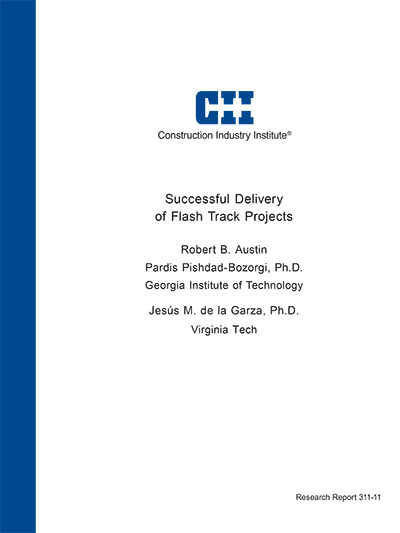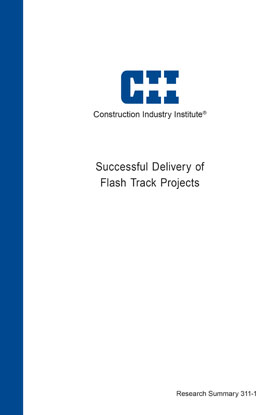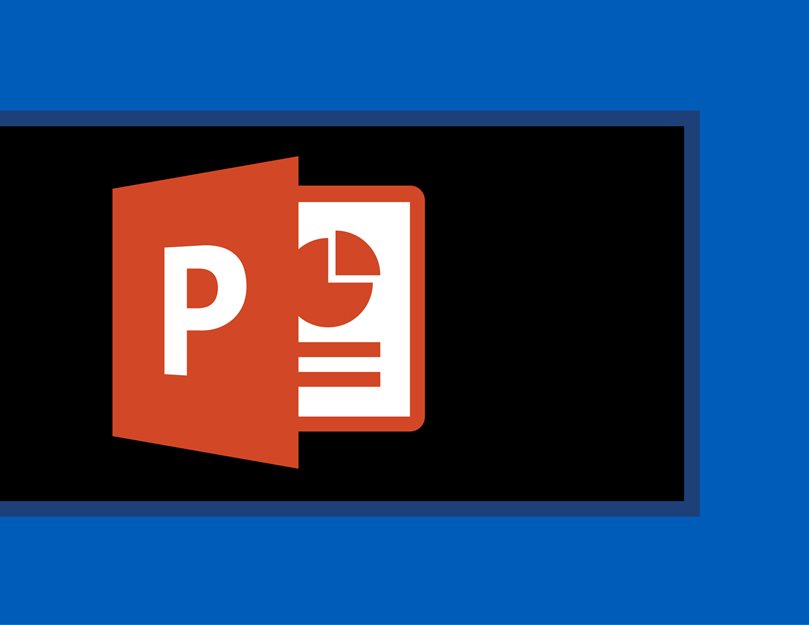
Flash Track Tool
In recent decades, construction users have demanded increasingly faster and higher-quality project delivery on ever more complex facilities. Although the industry has responded to these demands with fast tracking—a time-driven process that, by necessity, requires some degree of concurrency across engineering, procurement, and construction—the need for an even faster approach remains. In response to this need, RT 311 has developed “flash tracking,” also a time-driven process, but one that, by necessity, requires a heightened degree of concurrency across engineering, procurement and construction. For “faster fast track” or “flash track” project delivery, RT 311 formulated two requirements: 1) the need to embrace a different and more innovative approach to project delivery; and 2) the need for exceptional execution of normal project activities. Furthermore, in order to deliver a flash track project successfully, project personnel must have prior successful project experience with fast tracking and/or concurrent engineering efforts.
The research team identified and prioritized 47 essential practices for flash tracking and grouped them into the following six categories: 1) Contractual; 2) Delivery; 3) Organizational; 4) Cultural; 5) Planning; and 6) Execution. Furthermore, for each practice, the team developed the following dimensions: innovative implementation strategies; barriers to implementation; risks; and mitigation strategies.
The team synthesized this information into the Flash Track Tool, an Excel-based resource that helps users assess their readiness to undertake flash track projects. In addition to determining readiness, the tool recommends strategies for successful flash track implementation and for proactive mitigation of project risks—those introduced by flash tracking as well as the heightened normal risks. An organization can employ the tool to make an initial assessment of their readiness to implement a project on a flash track basis, identify strengths and weaknesses, and explore opportunities for improvement.
IR 311-2, Flash Track Tool
An Excel-based resource to help project teams determine whether the cPEpC model is appropriate for a given project. The Tool should be used at the project level with the participation of key stakeholders—ideally the owner, engineer, contractor, and any key suppliers and specialty subcontractors. The tool serves two main objectives:
1. To assess an organization’s readiness to undertake a flash track projects
2. To determine barriers to implementation, identify flash track risks, and recommend mitigation measures and innovative implementation strategies



